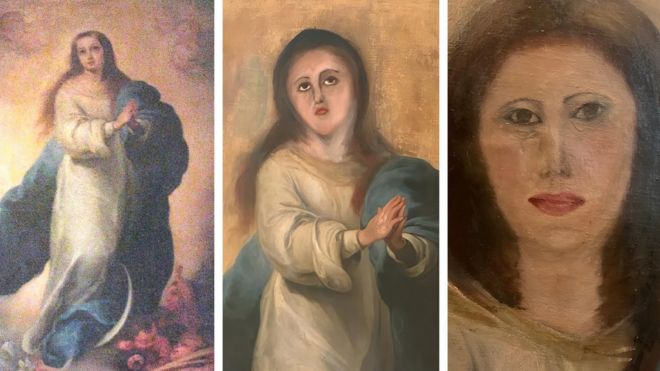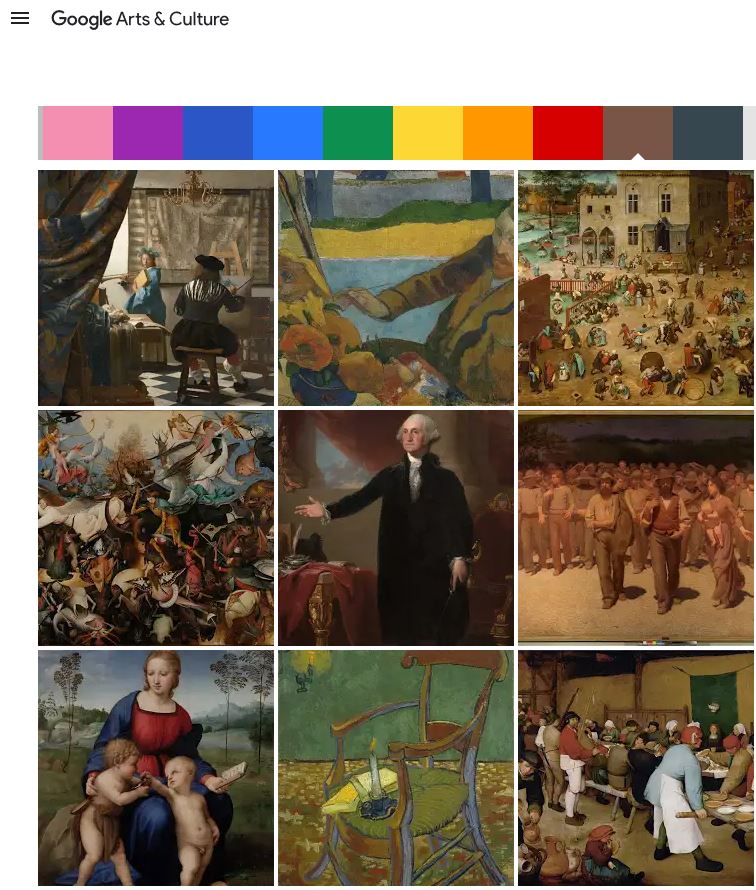Views : 1,063





3Dprinting (179) A.I. (899) animation (353) blender (217) colour (241) commercials (53) composition (154) cool (368) design (657) Featured (91) hardware (316) IOS (109) jokes (140) lighting (300) modeling (156) music (189) photogrammetry (197) photography (757) production (1308) python (101) quotes (498) reference (317) software (1379) trailers (308) ves (573) VR (221)
POPULAR SEARCHES unreal | pipeline | virtual production | free | learn | photoshop | 360 | macro | google | nvidia | resolution | open source | hdri | real-time | photography basics | nuke
Year: 2020
-
Technicolor Files for Chapter 15 in US
www.awn.com/news/technicolor-files-chapter-15-us-citing-covid-19-impact
Technicolor has suffered a series of setbacks in recent months. On May 28, the company announced it had merged its Mill Film and MR. X VFX companies in response to industry changes brought about by the pandemic; operating now as MR. X, the company noted it would keep all facilities open in Toronto, Montreal, Los Angeles, Adelaide and Bangalore.
Last year in early December, MPC abruptly shut down its Vancouver facility, leaving what sources claimed was as many as 300 artists out of work.
A week later, the company and its former CEO Frederic Rose, were indicted for fraud and breach of trust by French authorities. The charges were levied as part of an ongoing investigation of their role in the bankruptcy and subsequent acquisition of Tarak Ben Ammar’s post-production group, Quinta Industries, in 2012.
-
Spanish Baroque painting botched by amateur restoration
www.bbc.com/news/world-europe-53141755
There is currently no law in Spain forbidding people from restoring artwork, even if they do so without the necessary skills.

-
9 Key Machine Learning Algorithms Explained in Plain English
www.freecodecamp.org/news/a-no-code-intro-to-the-9-most-important-machine-learning-algorithms-today/
Recommendation Systems
Linear Regression
Logistic Regression
K-Nearest Neighbors
Decision Trees and Random Forests
Support Vector Machines
K-Means Clustering
Principal Component Analysis
-
The 7 key elements of brand identity design + 10 corporate identity examples
www.lucidpress.com/blog/the-7-key-elements-of-brand-identity-design
1. Clear brand purpose and positioning
2. Thorough market research
3. Likable brand personality
4. Memorable logo
5. Attractive color palette
6. Professional typography
7. On-brand supporting graphics
COLLECTIONS
| Featured AI
| Design And Composition
| Explore posts
POPULAR SEARCHES
unreal | pipeline | virtual production | free | learn | photoshop | 360 | macro | google | nvidia | resolution | open source | hdri | real-time | photography basics | nuke
FEATURED POSTS
-
Photography basics: Shutter angle and shutter speed and motion blur
-
Jesse Zumstein – Jobs in games
-
Methods for creating motion blur in Stop motion
-
Black Forest Labs released FLUX.1 Kontext
-
Web vs Printing or digital RGB vs CMYK
-
Ross Pettit on The Agile Manager – How tech firms went for prioritizing cash flow instead of talent (and artists)
-
MiniTunes V1 – Free MP3 library app
-
Godot Cheat Sheets
Social Links
DISCLAIMER – Links and images on this website may be protected by the respective owners’ copyright. All data submitted by users through this site shall be treated as freely available to share.

